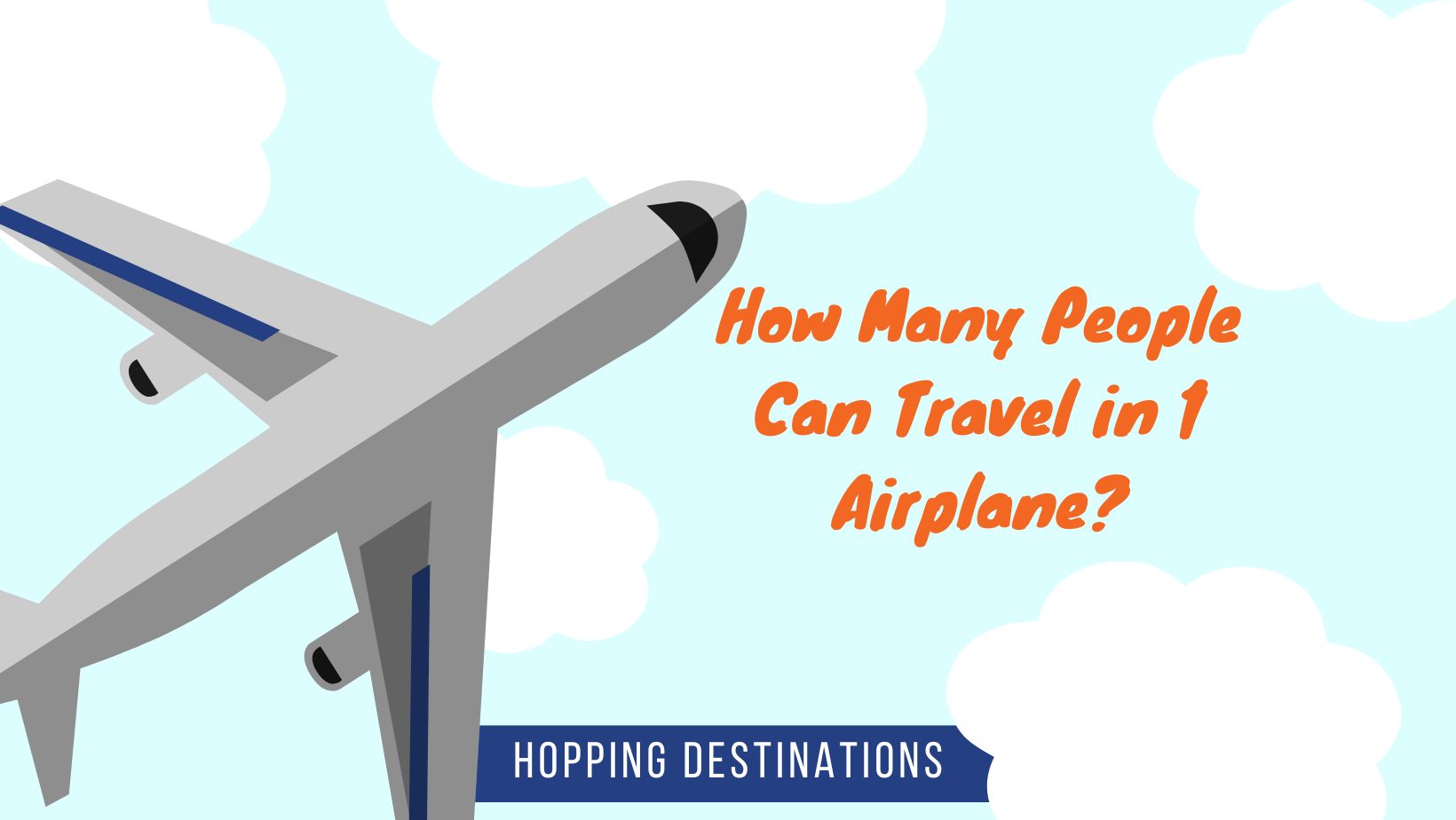
Have you ever wondered How many people can travel in 1 Aeroplane? From small regional jets to massive long-haul aircraft, each airplane is uniquely designed to accommodate a specific number of passengers. So, fasten your seatbelts, and let’s take a flight on different types of airplanes to discover how many people can travel in one airplane!
How Many People Can Travel in 1 Airplane?
There is no fixed answer to this question as the number of passengers traveling by plane varies by the type of plane. Smaller planes can accommodate 30-70 passengers while larger planes like Airbus A380 can accommodate 853 passengers.
Let’s go through each type of plane:
Regional Jets
Regional jets are small commercial aircraft designed for short-haul flights. These aircraft can carry anywhere from 30 to 100 passengers.
They are mostly used for serving routes between smaller airports or connecting hubs to regional destinations. For example, a flight from Dubai to Bahrain will be on a regional jet as it is a short haul flight for only 1 hour and 20 minutes.
Examples of Regional Jets
Regional jets can have a variation in seating which can be determined by the following examples.
Embraer E-Jet Series

Embraer, a Brazilian aircraft manufacturer, produces the E-Jet series, which includes the E170, E175, E190, and E195. They can carry 100 people on a two-class configuration and 124 people on a single class configuration. The seating configuration is a 2-2 or 2-3 layout.
Bombardier CRJ Series
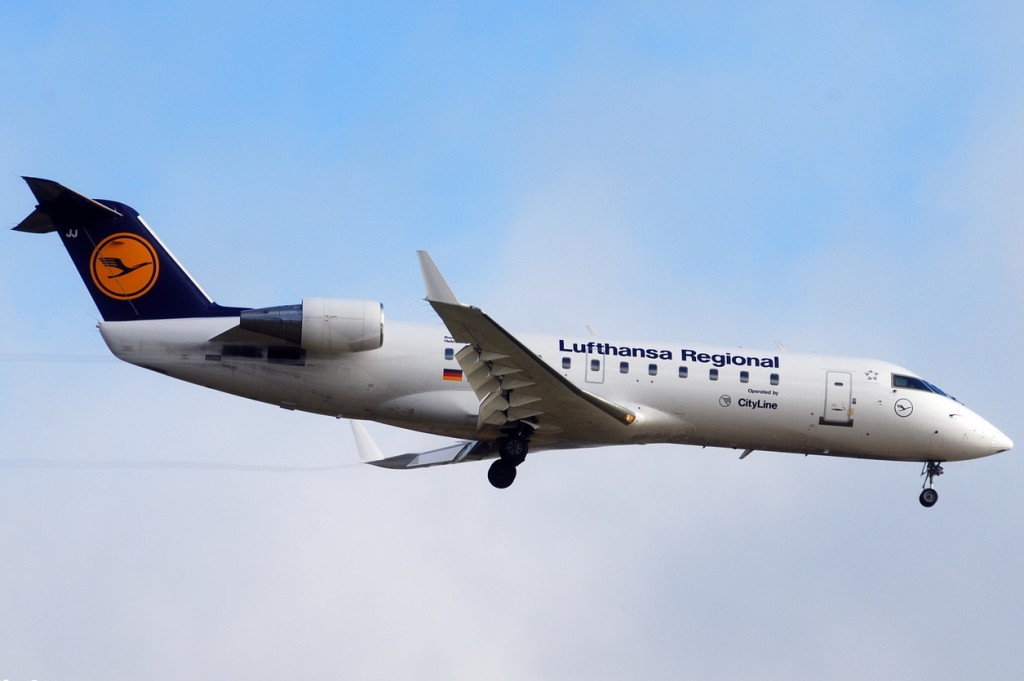
Bombardier’s Canadair Regional Jet (CRJ) series includes the CRJ700, CRJ900, and CRJ1000. These aircraft feature a narrower body and are designed to carry between 50 to 100 passengers. Seating configurations typically have a 2-2 layout.
Airbus A220
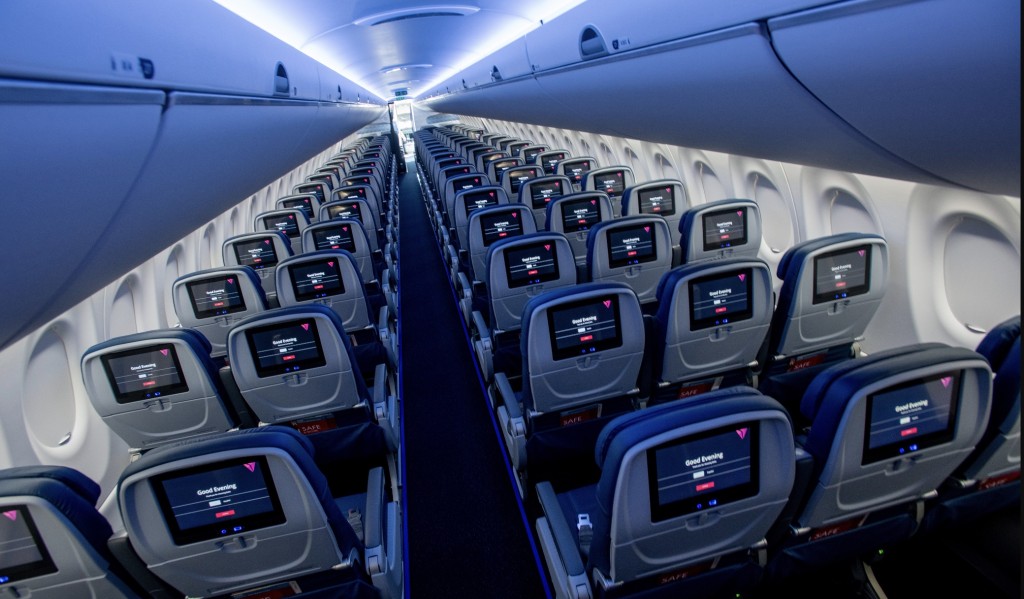
Airbus produces a wide range of jets. The A220 is a classic example of a regional jet and seats between 100 to 130 passengers in a typical two-class configuration. The Business Class is offered in a 2-2 configuration while economy class is offered in a 2-3 configuration.
Editor’s Pick: How to Use Google Flights to Find Cheap Flights? [2023 Guide]
Narrow-Body Aircrafts
Narrow-Body Aircraft are commonly used for medium-haul routes such as the ones that require between 4 – 8 hours of flight time. They typically accommodate between 100 to 240 passengers.
These planes are characterized by their single-aisle cabin design. As a result, there are faster boarding and deboarding processes which makes them ideal for shorter to medium-range flights.
Examples of Narrow-Body aircraft
Let’s evaluate the different types of seating options and maximum seating capacity in numerous Narrow-Body aircraft.
Boeing 737
The Boeing 737 Series encompasses several variants, each with distinct passenger capacities and seating configurations.
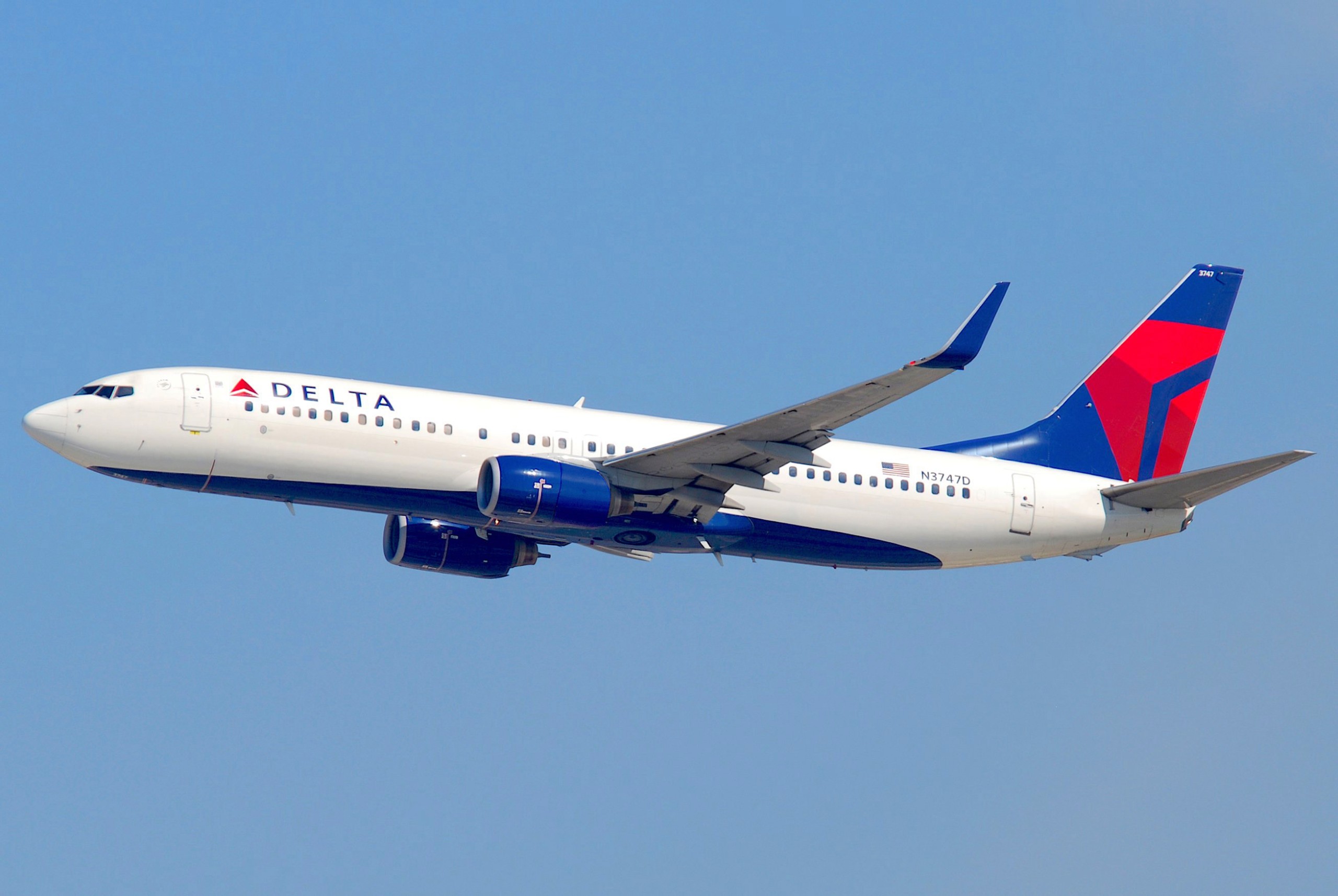
The Boeing 737-700 carries 126 to 149 passengers in a two-class configuration featuring six seats per row in economy class (3-3 layout) and two seats per row in business class (2-2 layout).
On the other hand, the 737-800 variant can accommodate 162 to 189 passengers, also following a six seats per row layout in economy class (3-3) and two seats per row in business class (2-2).
The updated Boeing 737 MAX 8 shares a similar seating capacity to the 737-800, retaining the six-seat-per-row configuration in economy class (3-3) and two-seat-per-row layout in business class (2-2).
Airbus A320 Series
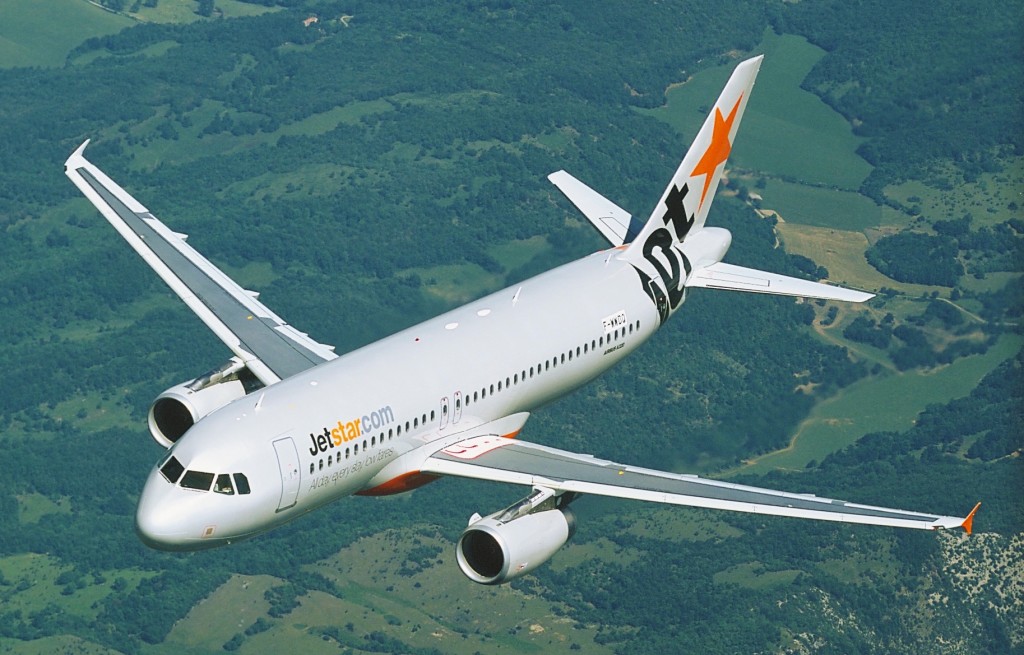
The A320 and A320 neo carries 140 to 170 passengers, as suggested by Airbus. However, variations in the design does allow for the maximum capacity to be increased to 180 passengers.
In a standard two-class layout, it features six seats per row in economy class (3-3 layout) and two seats per row in business class (2-2 layout).
Wide Body Aircraft
Wide-body aircraft are large airplanes that have two aisles running through the cabin. These planes are designed for long-haul flights, which means they can cover great distances without needing to make frequent stops. Due to their size, they carry a high number of passengers, ranging from 200 to over 500.
Examples of Wide-Body Aircraft
Check out the different types of Wide-Body aircraft and how many people can travel in them.
Airbus A330-200

The Airbus A330 is a popular wide-body aircraft carrying between 210 to 406 passengers. Airlines can choose from various seating configurations to match their needs but a common layout is eight seats per row in economy class (2-4-2) and four seats per row in business class (2-2-2).
Boeing 777
The Boeing 777 is another well-known wide-body plane used for long-haul flights. It carries 300 to 550 passengers.
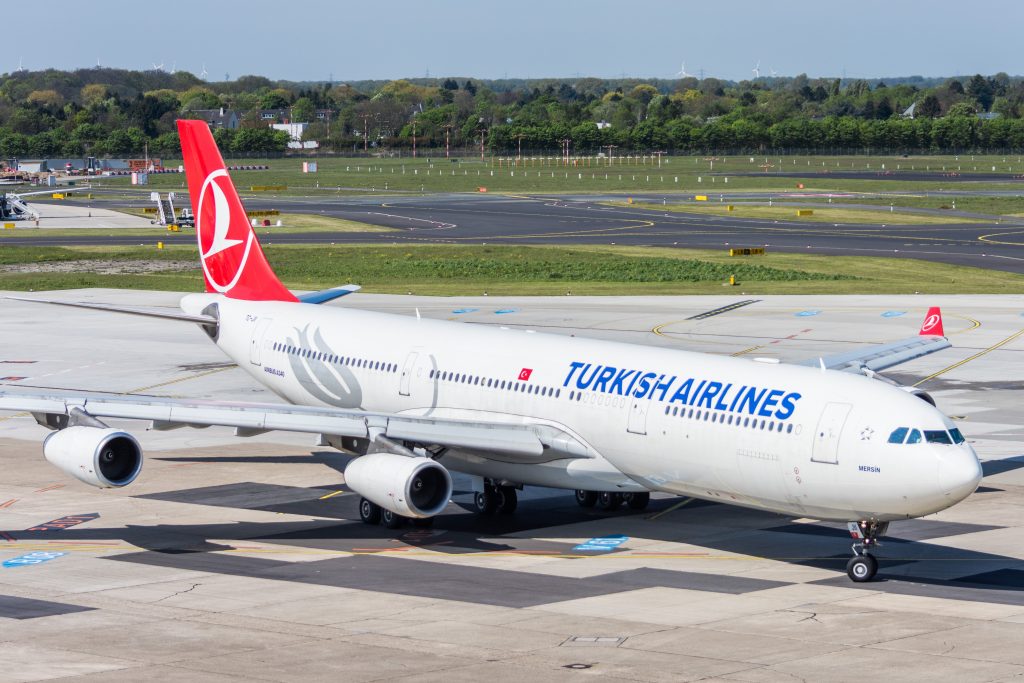
A typical seating configuration might have nine seats per row in economy class (3-3-3) and six seats per row in business class (2-2-2).
I have personally traveled on this plane and really found the seating configuration to be quite spacious.
Boeing 787 Dreamliner
The Boeing 787 Dreamliner is a more modern wide-body aircraft known for its fuel efficiency and passenger comfort. It carries around 200 to 330 passengers, depending on the variant and seating configuration.

A common layout is nine seats per row in economy class (3-3-3) and four seats per row in business class (1-2-1). However, it is worth noting that airlines like Emirates have introduced Premium Economy which changes the seating configuration for this plane.
Ultra Long Range Aircrafts
Ultra Long-Range Aircraft are a specialized category of wide-body airplanes designed to operate on exceptionally long-distance flights.
Due to the requirement for extra fuel storage, ultra long-range aircraft usually have a slightly lower seating capacity compared to standard wide-body planes. The reduced number of passenger seats allows for more space to accommodate the additional fuel tanks.
Examples of Ultra Long-Range Aircraft
Following are a few of the most popular ultra-long range aircraft:
Airbus A380
The A380 is the largest commercial passenger aircraft and wide-body jet in the world, known for its double-deck design and ability to carry a high number of passengers. The Airbus A380 carries anywhere from around 500 to over 800 passengers, depending on the specific seating configuration chosen by the airline. The Airbus A380 is certified for 853 passengers at max.

On the Airbus A380, the economy class typically features 10 seats per row (3-4-3) on the main deck and 8 seats per row (2-4-2) on the upper deck. Why? It helps to provide a balance between passenger capacity and comfort during long flights.
In business class, a popular configuration is seven seats per row (1-2-1) on the upper deck, ensuring direct aisle access for each passenger and a more private and comfortable experience.
As for first class, it offers luxurious and spacious seating with various configurations, depending on the airline. Some airlines such as Etihad Airways offer The Residence as well which changes the configuration majorly.
Airbus A350-900ULR
The Airbus A350-900ULR is a variant of the A350 series which is used for ultra-long-haul flights.

In a standard two-class layout, the Airbus A350 can accommodate a passenger capacity ranging from 315 to 369. The maximum seating capacity for the two variants, the A350-900 and the A350-1000, is 440 and 480 passengers, respectively.
Singapore Airlines, for instance, uses the A350-900ULR for its non-stop flights between Singapore and New York, covering a distance of over 9,500 nautical miles.
In fact, it was even used for Project Sunrise by Qantas, a non-stop flight proposed between Sydney and London. In this flight, the Airbus A350 only has 238 seats, as reported by Qantas.
Boeing 777-200LR
The Boeing 777-200LR is another notable ultra-long-range aircraft with the capability to fly non-stop on long-distance routes. It can typically accommodate around 220 to 300 passengers, depending on the airline’s layout choices.
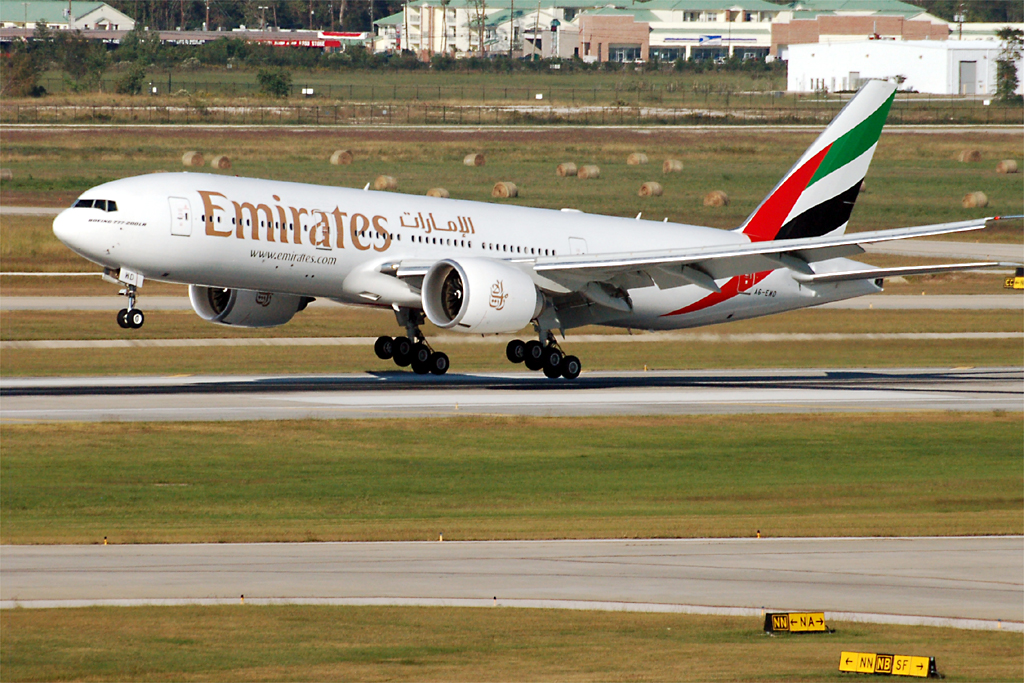
The 777-200LR has been used by various carriers for extended flights, such as Emirates’ service between Dubai and Auckland which covers over 8,800 nautical miles non-stop.
Suggested Reading: Flying for the First Time in Emirates Business Class?
Summary Table
How Many Passengers Can Travel in a Plane? | ||||
| Aircraft Type | Examples | Maximum Passengers | Business Class Seating Configuration | Economy Class Seating Configuration |
| Regional Jets | Embraer E-Jet Series | 70 – 130 | 2-2 or 2-3 | 2-2 or 2-3 |
| Bombardier CRJ Series | 50 – 100 | 2-2 | 2-2 | |
| Airbus A220 | 100 – 130 | 2-2 | 2-3 | |
| Narrow-Body Aircrafts | Boeing 737 Series | 126 – 240 | 2-2 | 3-3 |
| Airbus A320 Series | 140 – 240 | 2-2 | 3-3 | |
| Wide-Body Aircrafts | Airbus A330-200 | 210 – 406 | 2-2-2 | 2-4-2 |
| Boeing 777 | 300 – 550 | 2-2 | 3-3 | |
| Boeing 787 Dreamliner | 200 – 330 | 1-2-1 | 3-3 | |
| Ultra Long-Range | Airbus A380 | 500 – 800 | 1-2-1 or 1-1-1 or 1-2-1 or 2-4-2 or 3-4-3 | 3-4-3 or 3-3-3 or 3-4-3 or 3-3-3 |
| Airbus A350-900ULR | 161 – 200 | 1-2-1 | 3-3 | |
| Boeing 777-200LR | 220 – 300 | 1-2-1 | 3-3 | |
Conclusion
Now that you know the different types of airplanes, we are sure you have gotten the answer to how many people can travel in a certain type. Keep in mind that higher number of seats in a plane does not necessarily mean that it offers better convenience. In certain cases, seats can be too congested. Therefore, it is always wise to check the specific aircraft from the specific airline you are traveling from.
How Many People Can Travel in 1 Aeroplane? - FAQs
Yes, passengers with disabilities can request seating accommodations to ensure a comfortable and safe journey. Airlines typically offer options such as bulkhead seating with extra legroom, seats with movable armrests, or seats near the lavatories for easier access.
Seats located near emergency exits on airplanes offer several advantages. Passengers in these seats generally have more legroom due to the absence of seats directly in front of them. Additionally, they are usually among the first to deplane during an emergency evacuation.
The number of passengers that can travel in a private jet varies depending on the size and type of the aircraft. Private jets come in various sizes, ranging from small jets that can carry around 4-8 passengers to larger jets that can accommodate up to 15-20 passengers. Some ultra-long-range private jets can even carry more passengers, up to 30 or more, depending on their configuration and interior design.
The C-130 Hercules, a medium-sized military transport plane, can carry around 92 passengers in its troop transport configuration, while the larger C-17 Globemaster III can accommodate up to 134 passengers in a mixed configuration of troops and equipment. The massive C-5M Super Galaxy, it can carry up to 102 troops along with significant cargo and equipment.





